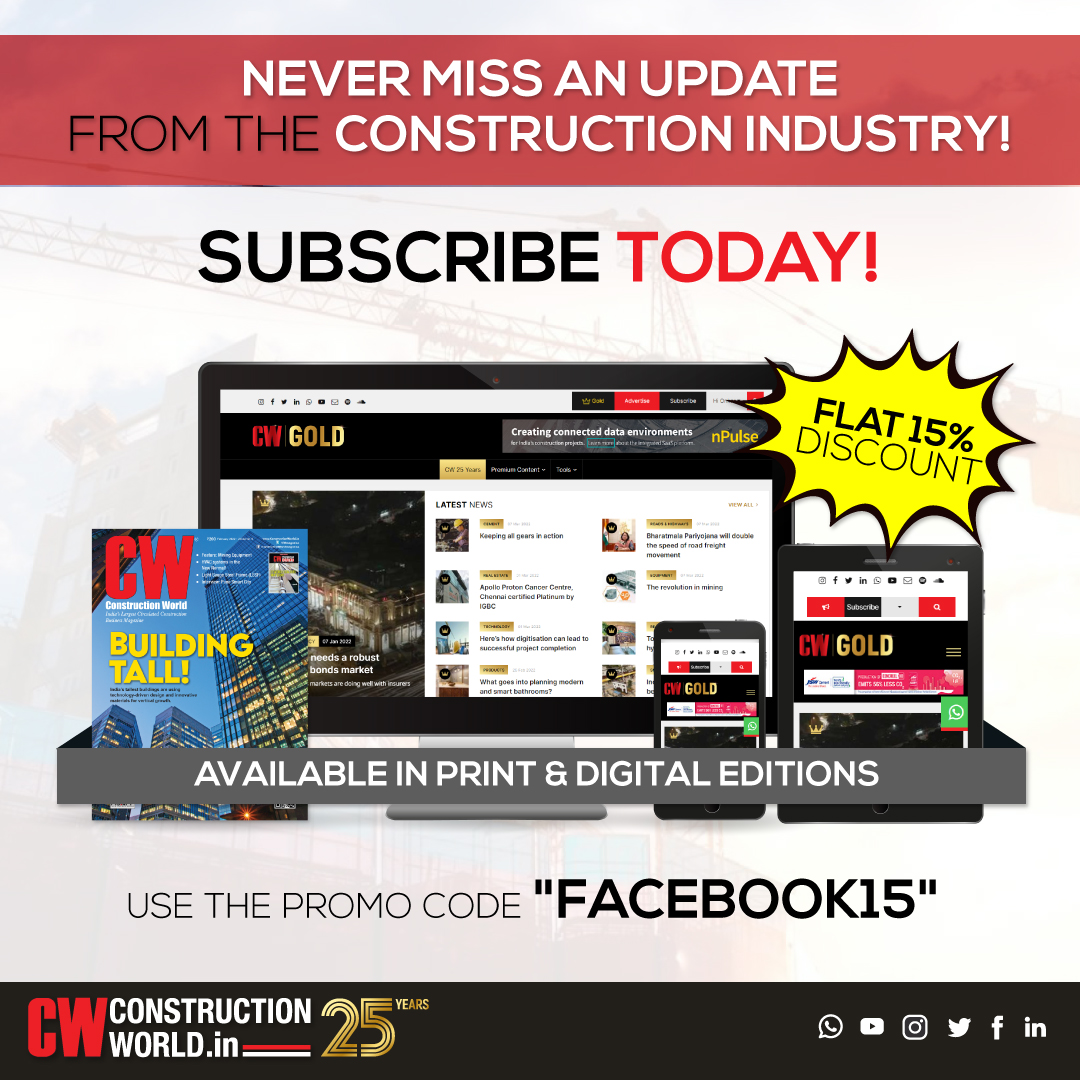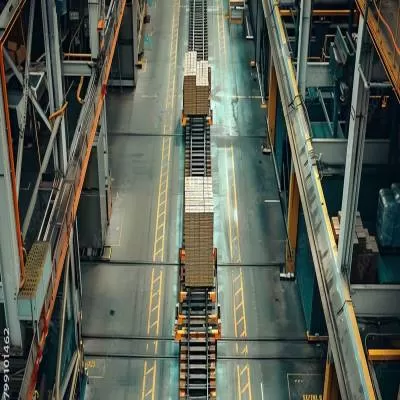Steps to modernise asset management plan for material handling equipment

?The bigger they come, the harder they fall? is a principle usually applied to business adversaries or schoolyard bullies. However, it also describes the daily risk faced by asset managers responsible for the specialised material handling equipment that is required for modern industrial manufacturing.
Every supply chain begins with reliable, precisely-orchestrated manufacturing, and in many industries and sectors, that production depends on big, heavy-duty equipment. This means the success of the entire enterprise hinges on preventive and predictive maintenance programs that can prevent costly failures and thereby protect valuable business relationships and make a powerful contribution to the company?s bottom line.
The very good news for maintenance managers is that, as the equipment itself gets more expensive and complicated, there are new tools in the toolbox to keep cornerstone assets in top working condition. Even a decade ago, preparing for a major failure meant making sure technicians knew what to do, minimising costly delays due to shortages of parts and material and taking advantage of quiet periods to schedule routine but often undifferentiated maintenance to try and spot failures before they occur.
But when it came to anticipating specific, critical failures, maintenance teams basically had to hope for the best.
With the rise of state-of-the-art, cloud-based Enterprise Asset Management (EAM) solutions, there is much more a manufacturer can and should do to keep mission-critical systems at peak operating performance. Below are eight standard steps that can help any maintenance operation combine decades-old strategies with the latest EAM innovations.
1. Understand the basics. The three traditional elements of an equipment maintenance programme ? employee training, visual inspection and following the original equipment manufacturer?s instructions ? are tried and true techniques that date back decades. They are still important cornerstones of the effort to get maintenance logistics and costs under control and minimise mean time between failures.
2. Recognise that the world has changed. While the basics still matter, the rise of EAM means there is so much more that can be done. An important early step in any company?s asset management journey is to get an up-to-date sense of what is possible ? recognising that many of today?s best opportunities were unknown as recently as three to five years ago.
3. Set your performance expectations high. Top performance from critical material handling equipment is not an optional extra; it is essential to your company?s ability to compete and thrive in a very tough manufacturing marketplace. When setting your performance targets for that equipment, you will want to set them high and challenge your maintenance operation to do better every quarter.
4. Benchmark your current performance. Once you establish your targets, the next step is to benchmark your current performance against the endpoint. This is the moment when you should expect to be disappointed. If the benchmarking shows no room for improvement, you have not set high enough goals.
5. Map the chokepoints. Your manufacturing process works best when critical devices and systems all operate in sync. Therefore, it is important to know where the system is at the greatest risk of breaking down. The chokepoints might be with specific pieces of equipment that may be even more important than the rest, or with legacy practices that have you relying on visual inspections or paper-based systems to plan and manage essential maintenance activities. Either way, the first step to closing the gaps in your asset management operation is to fully catalog them.
6. Learn what is available to you. Today?s modern EAM solutions allow better coordination of preventive and predictive maintenance, using sophisticated sensors and Industrial Internet of Things (IIOT) technology to spot subtle changes in performance before they are obvious by physical inspection. They aggregate equipment specifications with actual operating history to anticipate when those failures are more likely to occur.
7. Calculate the costs and benefits. EAM requires an up-front investment of time, money and attention. It pays off in dollar savings on equipment maintenance and measurable improvements in system performance. The most successful, forward-looking manufacturing businesses are moving their IT operations to the cloud, an option that boosts cybersecurity, reduces IT costs, assures timely, trouble-free software upgrades, minimises or eliminates costly, time-consuming modifications and frees up in-house IT staff for more targeted, mission-critical projects.
8. Look at the system benefits. A best-in-class EAM solution meshes seamlessly with the company?s other systems to give management a complete view of the physical assets on which the success of the whole enterprise depends. A best-in-class EAM solution will integrate with mobile and tablet devices, allowing technicians to capture checklists of nearly any kind in the field and log their repairs and upgrades as they work.
It will take time to transform your equipment maintenance operations. But with a strategic commitment to embrace cloud-based EAM, you should start to see steady improvements every quarter. The bottom line is the opportunity to turn your specialized material handling equipment into a significant source of cost savings and efficiency gains ? and to keep pace with competitors who are almost certainly doing the same.
About the Author:
Jonathan Wood is General Manager, India, Middle East, and Africa (IMEA)

 ?The bigger they come, the harder they fall? is a principle usually applied to business adversaries or schoolyard bullies. However, it also describes the daily risk faced by asset managers responsible for the specialised material handling equipment that is required for modern industrial manufacturing.
?The bigger they come, the harder they fall? is a principle usually applied to business adversaries or schoolyard bullies. However, it also describes the daily risk faced by asset managers responsible for the specialised material handling equipment that is required for modern industrial manufacturing.









